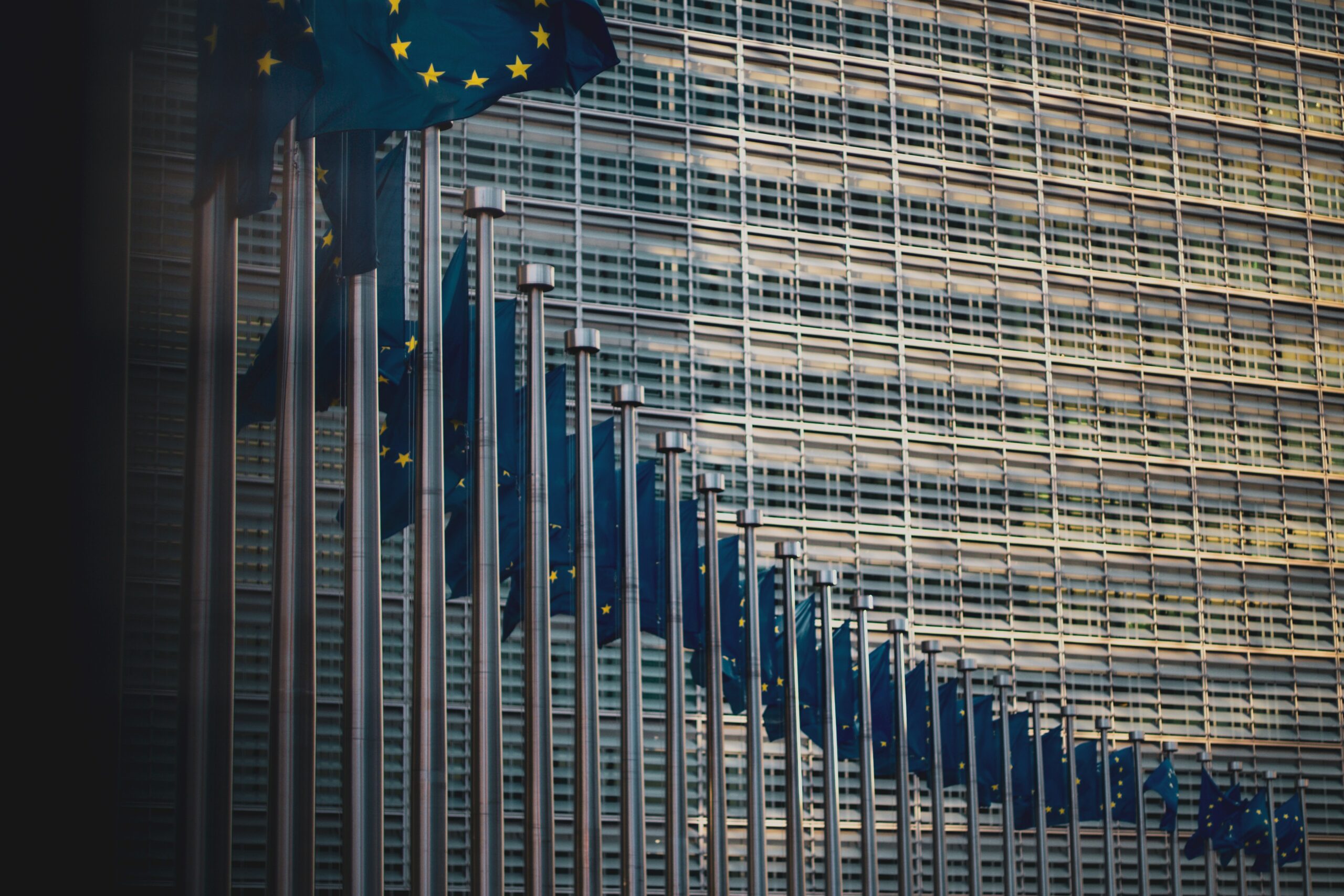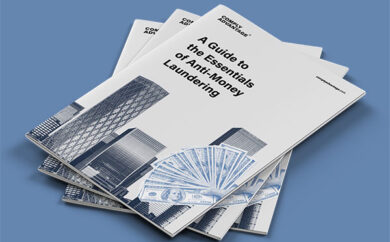

The EU imposes economic sanctions against foreign governments, organizations, and individuals in order to achieve its foreign policy objectives, protect its security interests, and punish violations of international law, including human rights abuses. In order to record and divulge sanctions actions to financial institutions and other obligated entities within its jurisdiction, the EU publishes a Consolidated List of EU sanctions which brings together all sanctions designations that are currently applicable around the world.
In order to achieve compliance with EU regulations, and avoid facilitating criminal activities, firms should be familiar with the Consolidated List of EU sanctions, understand how it works, and be able to check new customers against it accurately and effectively.
What is the Consolidated List of EU Sanctions?
The EU’s Consolidated List of sanctions tracks every designation made under the EU’s sanctions regime – which serves the bloc’s Common Foreign and Security Policy (CFSP). Following the principles set out in the CFSP, EU sanctions are intended to address violations of international law, human rights abuses, and actions that undermine democratic principles.
The Consolidated List is made up of targets from 3 different sanctions regimes, reflecting the EU’s international relationships and obligations. In more detail, the sanctions targets included in the Consolidated List are drawn from:
- The EU’s autonomous sanctions programs (against Syria, Russia, Venezuela, etc.)
- The UNSC’s sanctions programs
- Specific UN sanctions that have been reinforced with stricter measures by the EU
The EU’s autonomous sanctions are applied, and added to the Consolidated List by the European Council. Every member of the Council must agree on sanctions measures prior to adding new designations to the Consolidated List. Autonomous sanctions designations are reviewed (at least) every 12 months.
Accordingly, public and private sector firms that operate within EU jurisdiction must check the Consolidated List whenever they begin a business relationship to ensure that their new customers are not subject to sanctions. Similarly, firms should monitor existing customers to ensure that they have not been recently added to the Consolidated List.

View our Global Sanctions Guide
Take a look at the newest trends and updates from key sanction regimes around the world.
Download Our Free Global Compliance ReportHow to Use the Consolidated List of EU Sanctions
The Consolidated List of EU Sanctions contains the names and identifying information of the individuals and entities currently subject to EU sanctions. The European Commission hosts the Consolidated List online: firms must sign up for an account to search the list and access it via the official EC portal. The Consolidated List also includes details of the prohibited activities and restrictions applicable to sanctions targets. The EU broadly enforces the following types of sanction:
- Prohibitions on trade, investment, imports, and exports
- Asset freezes
- Restrictions on admission to EU member-states
- Arms embargoes
EU Human Rights Sanctions: The EU recently strengthened its response to human rights abuses by introducing its Global Human Rights Sanctions Regime (GHRSR) in 2020. The GHRSR enables the EU to take more targeted sanctions actions by adding individuals and entities to its sanctions list. The human rights measures are based on the ‘Magnitsky Act’ sanctions introduced by the US in 2012 – similar regimes have also been implemented in Canada and the UK.
How to Comply with the List of EU Sanctions
Compliance with the list of EU sanctions is an important priority for all firms that operate within EU jurisdiction. However, the scope of the EU’s sanctions regime is expansive which means that screening customers against the Consolidated List can be a significant challenge: not only do firms have to detect and remediate potential sanctions violations quickly and efficiently, but ensure that their compliance solution does not become an unsustainable administrative burden by generating too many false positives.
With that in mind, obligated entities within the EU should consider the following factors when implementing a Consolidated List sanctions screening solution:
Accuracy and reliability
Sanctions designations are added and withdrawn from the Consolidated List on a regular basis. Firms should ensure that their sanctions screening solution is updated regularly with the latest Consolidated List data to ensure accuracy and reduce false positive identifications – or worse, false negatives.
Sanctions relevance
EU sanctions measures differ based on the regime under which they are imposed. Sanctions measures imposed under the GHRSR may only apply to individuals or organizations, while sanctions imposed under the autonomous regime may apply to entire countries. Firms should ensure they understand the relevance of sanctions measures to both their business and their customers.
Customer data
In order to optimize accuracy, sanctions screening should be built on robust customer data. Accordingly, firms should perform suitable customer due diligence (CDD) when beginning a new business relationship in order to properly understand the sanctions risk that their customers present. Customer risk profiles should be built out with supplementary (secondary) identifiers and information in order to add a greater degree of accuracy and insight in the event of duplicate results or to help remediate false positives.
Naming conventions
The names of entities and individuals designated on the Consolidated List may not follow traditional western naming conventions and so increase the risk of both false positive and false negative identification when processed by a screening solution. Accordingly, Consolidated List screening solutions should account for the use of non-Western naming conventions, non-Latinate characters, nicknames, and aliases.
Ongoing monitoring
The sanctions landscape is constantly changing with new designations introduced to the Consolidated List frequently. With that in mind, firms should seek to verify their customers’ sanctions exposure on an ongoing basis, including monitoring customer transactions to ensure they are not doing business with third parties that are themselves subject to sanctions. Firms should also seek to monitor for changes in their customers’ Politically Exposed Person (PEP) status which may be particularly relevant to their sanctions designation.
Smart Screening Solutions
In order to ensure effective EU sanctions compliance, and compliance with similar international sanctions requirements, firms should integrate smart technology tools with their screening solution. While smart technology brings speed and accuracy to the screening process, reducing the risk of false positives and human error, it also enables firms to manage the vast amounts of data required by sanctions screening protocol, and to adapt to changes in sanctions regulations as designations are added, modified, or withdrawn.
Tools for Screening Against the List of EU Sanctions
See how 1000+ leading companies are screening against the world's only real-time risk database of people and businesses.
Request a DemoOriginally published 14 May 2021, updated 16 May 2022
Disclaimer: This is for general information only. The information presented does not constitute legal advice. ComplyAdvantage accepts no responsibility for any information contained herein and disclaims and excludes any liability in respect of the contents or for action taken based on this information.
Copyright © 2026 IVXS UK Limited (trading as ComplyAdvantage).
